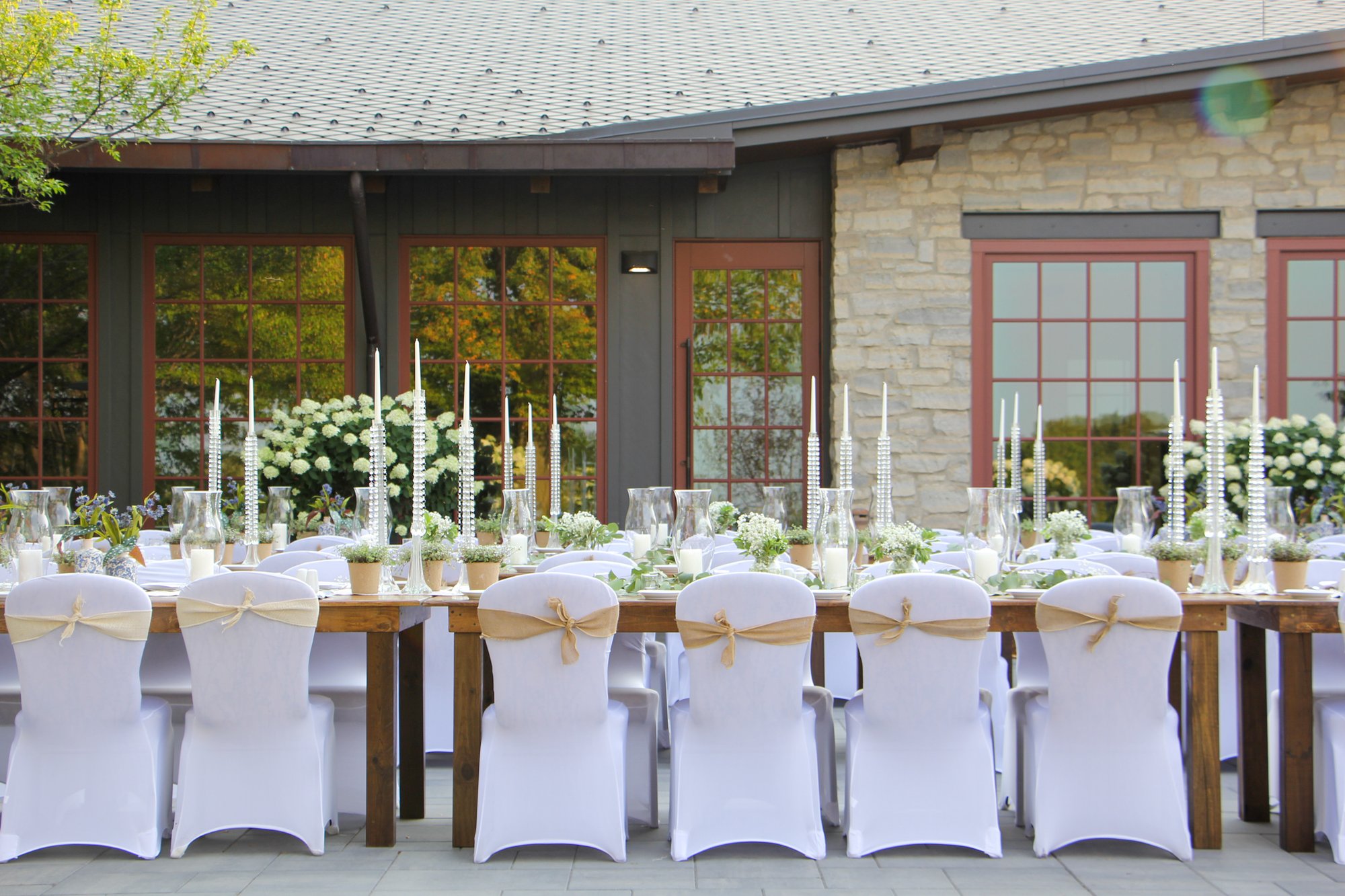Have an exceptional event in a world-renowned setting.
Rich in tradition and a modernized atmosphere, we remain committed to providing you with exceptional experiences every step of the way. From extraordinary celebrations to the world’s biggest golf tournaments, Hazeltine is home to unforgettable events of all shapes and sizes.
Have an exceptional event in a world-renowned setting.
Rich in tradition and a modernized atmosphere, we remain committed to providing you with exceptional experiences every step of the way. From extraordinary celebrations to the world’s biggest golf tournaments, Hazeltine is home to unforgettable events of all shapes and sizes.
Have an exceptional event in a world-renowned setting.
Rich in tradition and a modernized atmosphere, we remain committed to providing you with exceptional experiences every step of the way. From extraordinary celebrations to the world’s biggest golf tournaments, Hazeltine is home to unforgettable events of all shapes and sizes.
Have an exceptional event in a world-renowned setting.
Rich in tradition and a modernized atmosphere, we remain committed to providing you with exceptional experiences every step of the way. From extraordinary celebrations to the world’s biggest golf tournaments, Hazeltine is home to unforgettable events of all shapes and sizes.
Great venues for your event
Even if you’re not a member
Hazeltine National offers six unique spaces, the largest with seating for up to 300 guests. Our outstanding team will ensure your event is perfect down to the last detail. Contact us to discuss the perfect space for you.
Ballroom
The elegant Ballroom is perfect for gatherings of 100 to 300 people. The room boasts high ceilings, natural lighting, chandeliers, and nearly infinite set up options. The Ballroom is the ideal space for weddings, galas, business meetings, corporate events, fundraisers, retirement dinners, celebrations of life, sports banquets, holiday parties, and any gathering you want to be extra special.

Pre-Function Hall
The Pre-Function Hall is a stunning space lined with windows looking out onto the pristine golf course. It’s great for cocktail receptions, pre- and post-event gatherings, and networking events. Up to 120 people can comfortably gather here to socialize and take in the views.

Banquet Patio
The Banquet Patio is nestled within a beautiful flower and tree garden and attached to the clubhouse. This tranquil setting offers easy access to the clubhouse and can accommodate up to 150 people for cocktail receptions or it can be perfect for an intimate outdoor dinner for up to 60 people.

Gallery Room
The second story Gallery Room is lined with windows that look out over the championship golf course and can give your event a stately feel. The room is ideal for parties of up to 70 people and is often selected for corporate meetings, holiday/birthday/anniversary parties, showers, and rehearsal dinners.

Learning Center
The Learning Center offers an intimate setting for up to 35 people. The Ryder Cup memorabilia on display throughout the room will enchant your guests. This space features two TrackMan golf simulators, contoured putting green, Puttview, and lounge area. This space is perfect for cocktail receptions, networking events, holiday parties, pre-wedding gatherings, and smaller affairs either before or after a larger event.

Board Room
The Board Room on the second floor offers great views of the course and is an excellent setting for corporate meetings or special dinners for up to 14 guests. Equipped with the technology for your next meeting, this room is ready to exceed your team’s needs.
